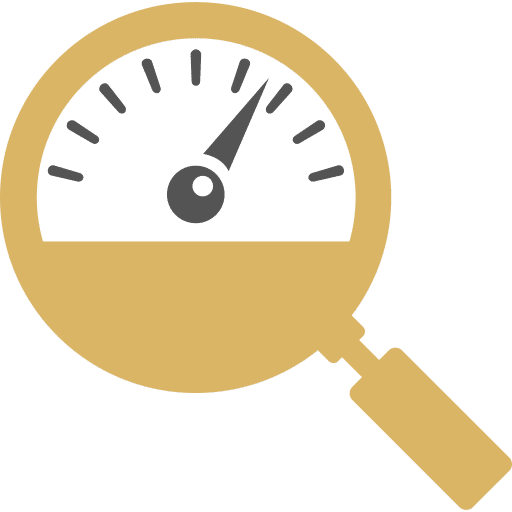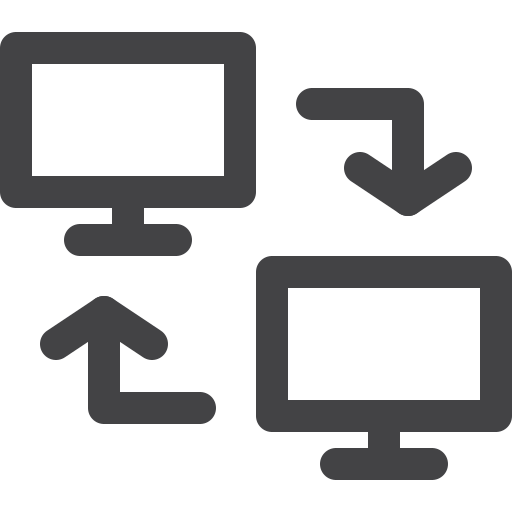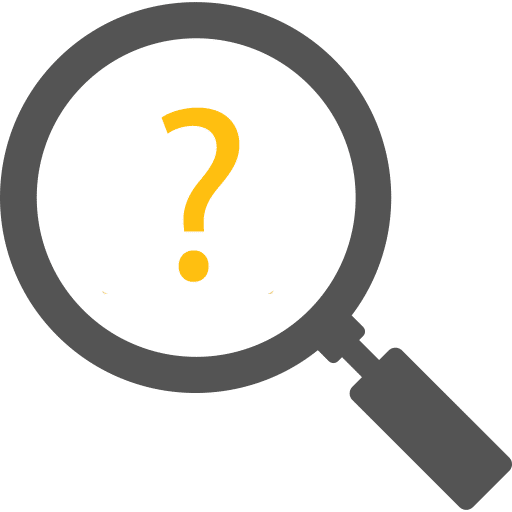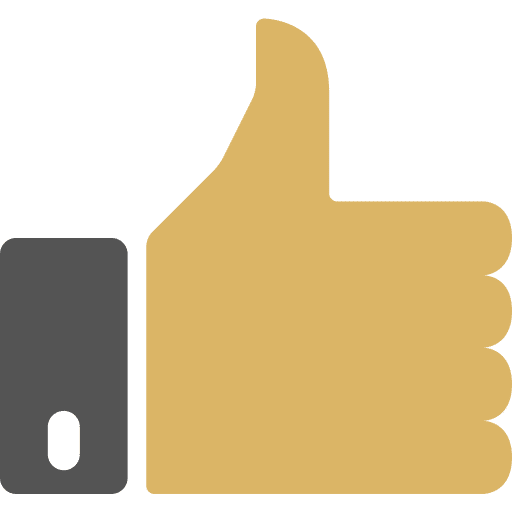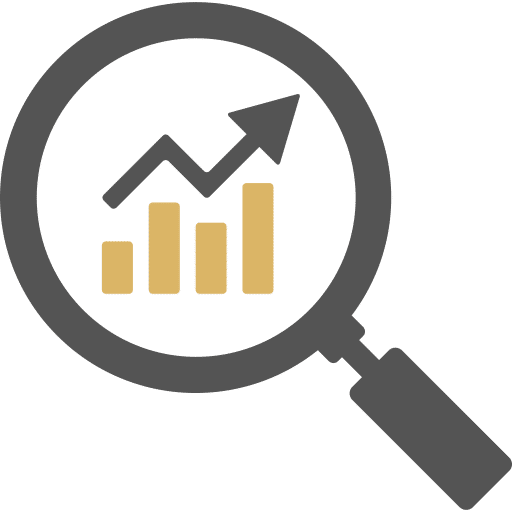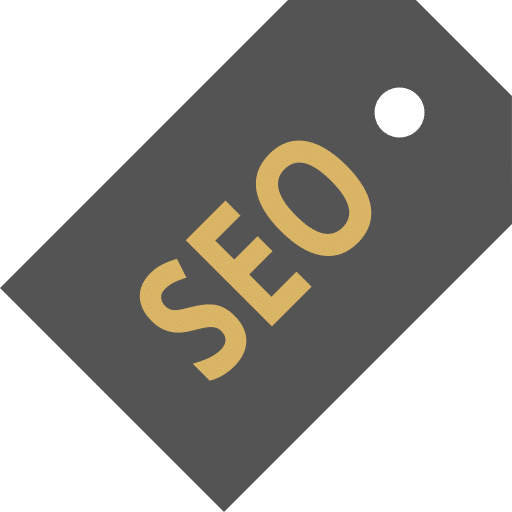UMAC - TE SEO Framework
URL, Metadata, Anchor Text, Content - Traffic and Engagement
URL
The first thing Google reads is the URL. This is why URL is really important because Google first tries to understand your website by reading it. Another reason why URL is so important is because it is used every time a link is pointing to you so Google has to read the URL before jumping to your website. It may not make a difference in the beginning but over time, it has a bigger and bigger influence.
The main parts of a URL are composed of the domain name and the path+page.

For Google, the URL is the most important followed by the path+page or also known as the slug.
Importance of domain name.
-
Branded Domains.
Branded URLs usually don’t tell the viewer exactly what they do. For example, Nike or Mcdonald’s. Those are all names that got built up into big brands but if you were to try and guess which industry/service they provide just by reading their name, you couldn’t
-
Partial Match Domains.
for example, would be something like fredsplumbing.com they have the keyword “plumbing” in there
-
Exact Match Domains.
An example would be https:// vancouverplumbing.com they have the exact keyword “vancouver plumbing” in there.
Slugs and path + page
In URLs, you also have the path + page which is also known as a slug
A slug is just a part of a permalink, it’s the part that comes after the domain and it’s a great way to give more information to Google.
It’s a good place to have some keywords/search phrases so that Google can understand your website better. If you look at a page like https://iias.ca/basic-seo/keyword-research/ then just by reading the URL you’ll know it has something to do with basic SEO and keyword research.
A slug should be relevant and descriptive of the content that’s on the page.
Putting the domain and slug together is called a permalink because it’s the “permanent” link. It’s meant to be a link that is unchanged for a long time because the content of the page is linked.
A note: Default permalink settings in WordPress
With WordPress, the default permalink settings are “plain” and include “?= 123”. This means it will just add the page id as the slug. This is functional but not the best option because it offers no description of what the page is about.
In terms of on-page SEO, it isn’t helpful at all.
A better option is changing the default permalink settings to “post name”.
Metadata
Metadata is also very important as it is the second piece of data that Google reads.
This is instrumental for Google to understand what the webpage is about in order to index it.
The Metadata is also what is displayed on the Search Engine Results Page. There are two pieces of information, the meta title and the meta description.
You can put your main keywords in both places but I’d choose the title to have the main keyword and the description to be a longtail keyword or LSI (latent Semantic Indexing). This helps avoid on-page over-optimization.
Meta title
The meta title can be 50–60 characters and it’s the area where you want to tell Google and viewers what that page is about. Think about the meta title being the headline of the page. It should be concise and relevant to the page’s content so when people read it they know exactly what’s on the page. It should make them want to click through to the article or continue reading the meta description.
Meta description
The meta description is between 150-160 characters and it’s the perfect spot to expand and go into more detail about what the page is and why people should click to the website. This section of the metadata is an opportunity to expand on the meta title and provide additional context to entice users to click through.
Ultimately the purpose of metadata is to clarify the page’s content to both Google and the viewers. This helps with indexing from Google and engagement from people.
Anchor Text
When Google is crawling websites, they’re paying attention to the topic of the page and especially what the words say before they jump to that page. When Google makes updates to their algorithm (in this case, the penguin update) you know it’s because things were working a little too well for people trying to game Google.
Even though Google’s made an attempt to decrease spammy websites, this does not mean that anchor text is less important. It’s still very important in ranking a website.
Click here for a more comprehensive overview of anchor texts.
Content
Even though this is the last letter in the acronym UMAC, it is still really important to get it right. This is the part that also engages the viewers and is the part that the viewer interacts with.
The content is the words on the page that viewers are reading.
In terms of SEO, there are parts of the content that are more important than others as well.
The most important place to get your keyword in or a variation of your target keyword is the H1 tag, there are also other h-tags, h2, h3 etc.
Through the SEO Lens, this is where you should demonstrate E.A.T. (Expertise, Authority and Trust.) In other words, your content should showcase your knowledge in your field (Expertise), establish you as an industry leader (Authority), and build confidence with your audience (Trust).
Not only does better content perform better for rankings but it also converts viewers into customers better. There are many elements that can be added to increase your engagement such as how readable it is or the use of pictures or even video. Good content reduced the bounce rate and increases the time spent on the site, this indirectly boosts SEO because it sends these positive signals to Google. When you have people engaging with your site, it tells Google that your site is relevant and valuable.
Traffic and Engagement: The Silent Indicators
While the UMAC framework provides a solid foundation for understanding the core components of SEO, it’s essential to recognize the role of Traffic and Engagement in influencing search rankings. These two factors, often overlooked, play a pivotal role in how Google perceives the value and relevance of a webpage.
Traffic and engagement is like a feedback loop that either helps you rank, helps your rankings stick, or works against you.
Traffic:
Once you start ranking higher on Google you’ll start getting more traffic!
This is important because Google starts to believe that your website is valuable to it’s users.
Google, in its quest to deliver the best user experience, pays close attention to the traffic a website receives. A consistent flow of organic traffic indicates that the site is providing value to its visitors and is a trusted source of information.
- Direct Traffic: When users directly type in your URL or access your site via bookmarks, it signals strong brand recognition and trust.
- Referral Traffic: Traffic coming from other websites, especially authoritative ones, can boost your site’s credibility in Google’s eyes.
- Organic Traffic: A steady increase in organic traffic indicates that your SEO efforts are paying off and that users find your content relevant to their queries.
Engagement:
Engagement metrics provide insights into how users interact with your content. High engagement levels suggest that visitors find your content valuable, prompting Google to rank your site higher or keep your site ranked high. If your site is not engaging, Google will start to decrease your rankings.
- Bounce Rate: A lower bounce rate indicates that visitors are finding your content relevant and are exploring more of your site.
- Average Session Duration: The longer users stay on your site, the more value they’re likely deriving from your content.
- Pages Per Session: Multiple page views in a single session suggest that your site offers comprehensive and interconnected information, aligning with the concept of maturing content clusters.
Moreover, Google’s RankBrain, an AI-driven component of its search algorithm, considers user engagement signals like click-through rate (CTR). A higher CTR from search results can indicate that your meta title and description (as highlighted in the UMAC framework) are effective and that your content meets user expectations.
Integrating Traffic and Engagement with UMAC:
To truly harness the power of SEO, it’s crucial to view Traffic and Engagement in conjunction with the UMAC framework:
- URL & Traffic: Ensure that your URLs are descriptive and keyword-rich to attract organic traffic.
- Metadata & Engagement: Optimize meta titles and descriptions to improve CTR and reduce bounce rates.
- Anchor Text & Traffic: Quality backlinks can drive referral traffic, further emphasizing the importance of relevant anchor texts.
- Content & Engagement: High-quality, engaging content can increase session duration and pages per session.
In essence, the UMAC-TE framework offers a holistic approach to SEO, emphasizing the interconnectedness of various components. By focusing on both the technical aspects (UMAC) and user behavior (TE), you can create a comprehensive SEO strategy that aligns with Google’s objectives and user expectations.
Summary
In summary, UMAC-TE is an effective framework for understanding search engine optimization. The bottom line of any marketing channel is to increase the bottom line. SEO achieves this by plugging your website directly into a stream of people who search for your services every day.
Find out exactly how much your website can benefit from SEO by reaching out today.
Tools to help you analyze your website’s SEO
If you want to try some of the tools that are used for SEO, start with these:
More SEO information
